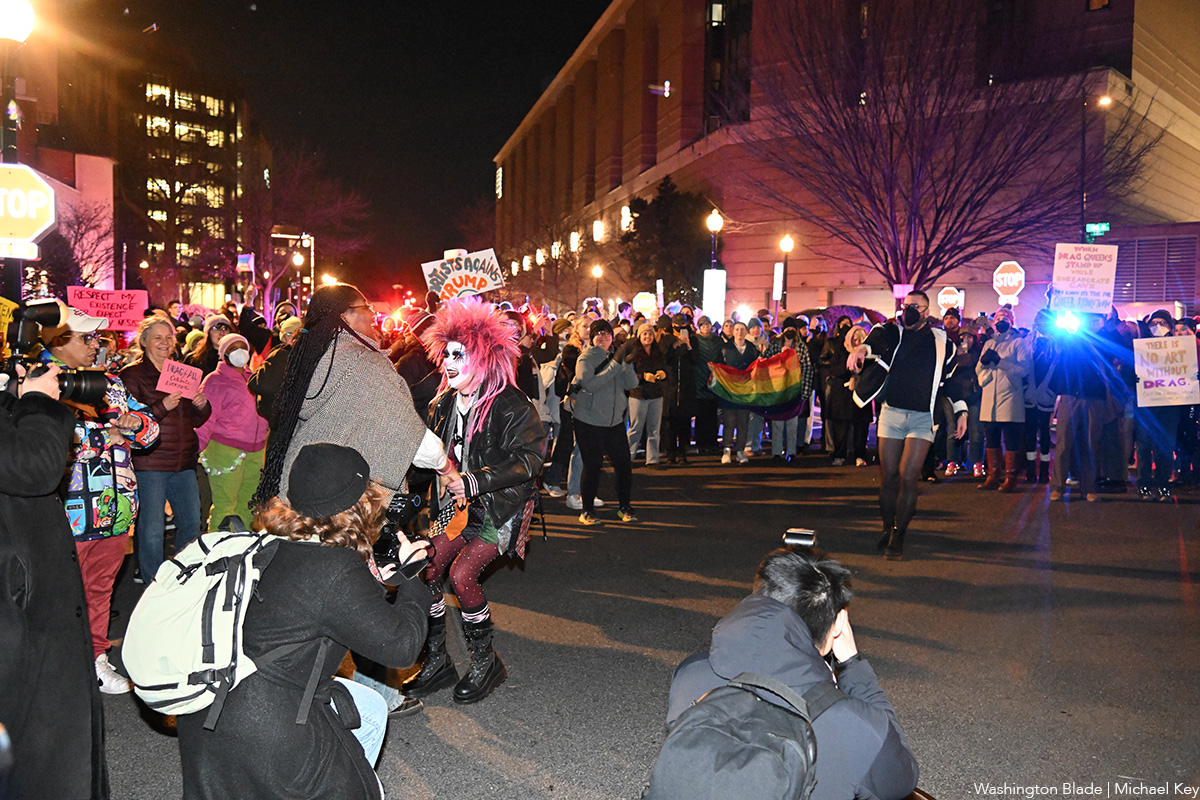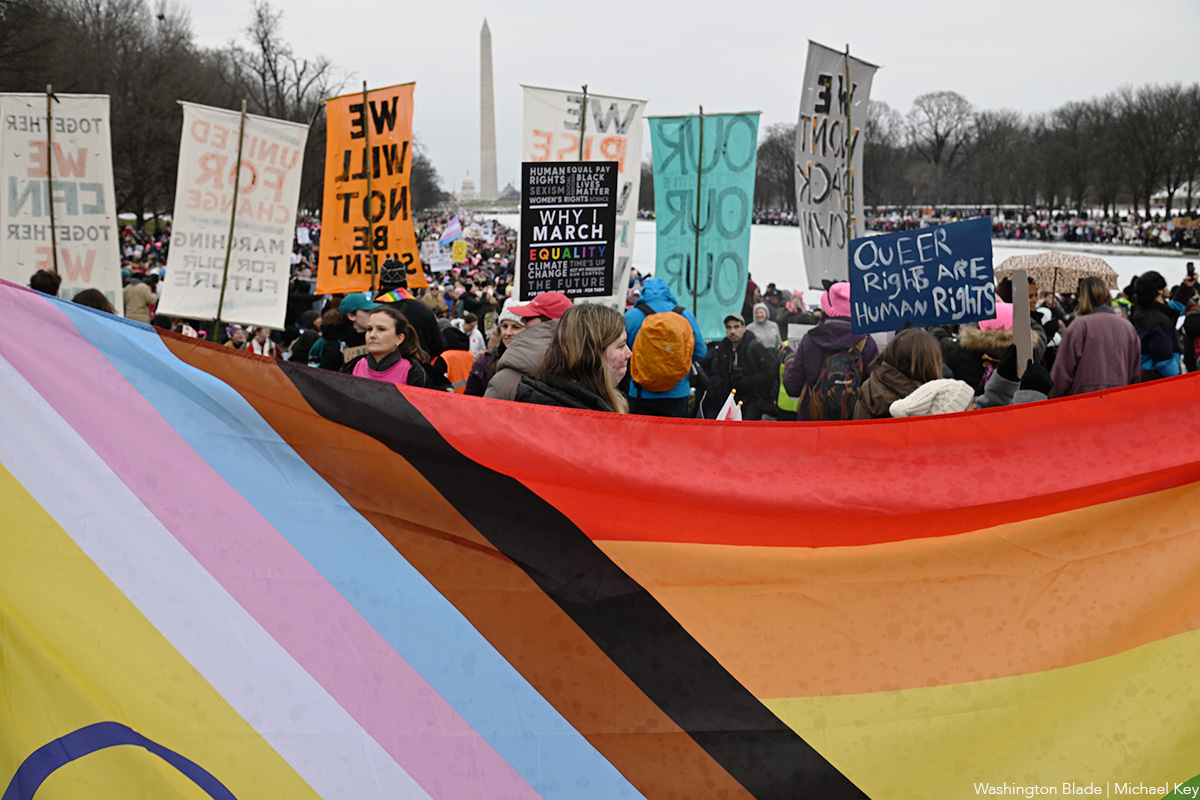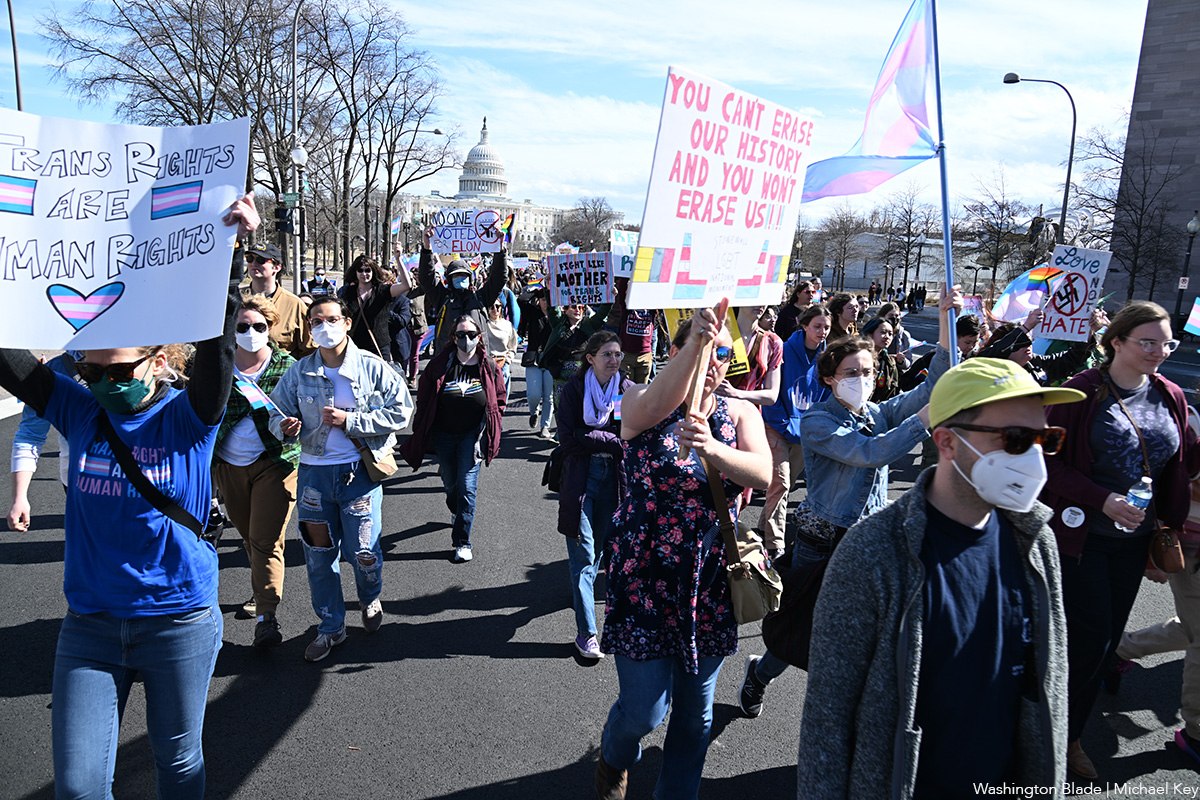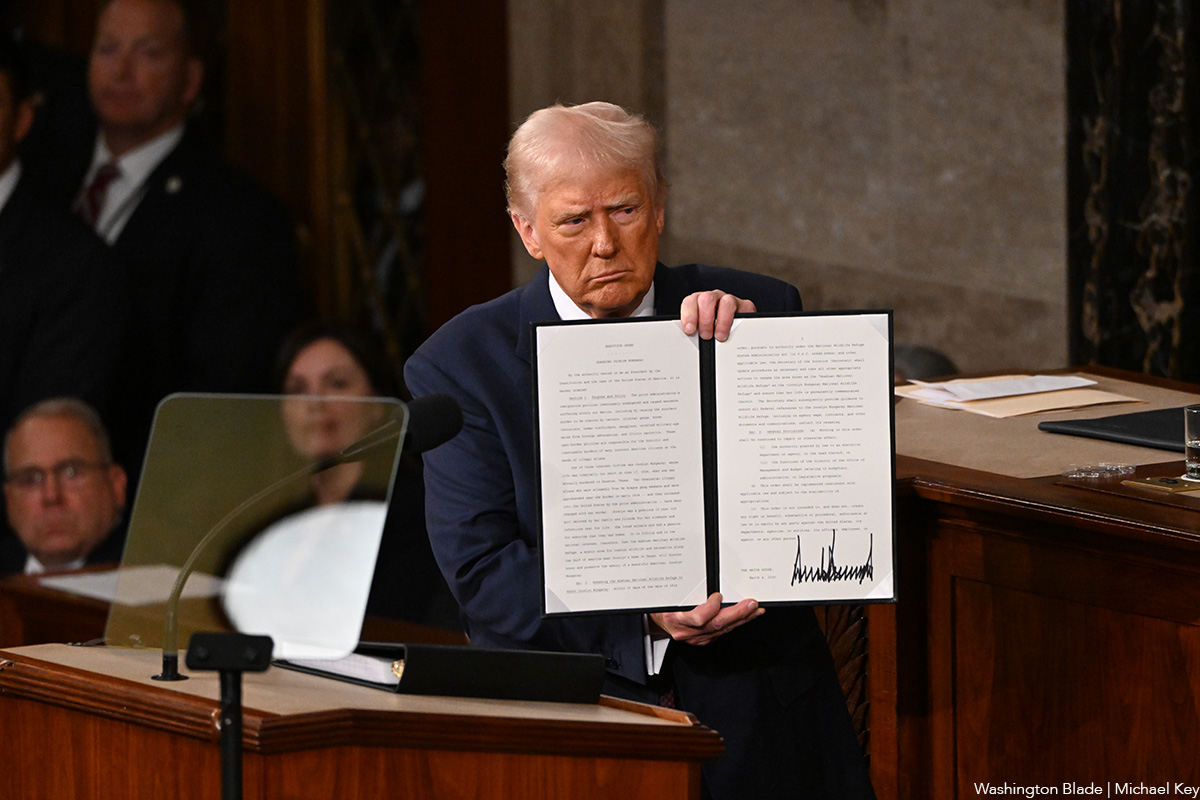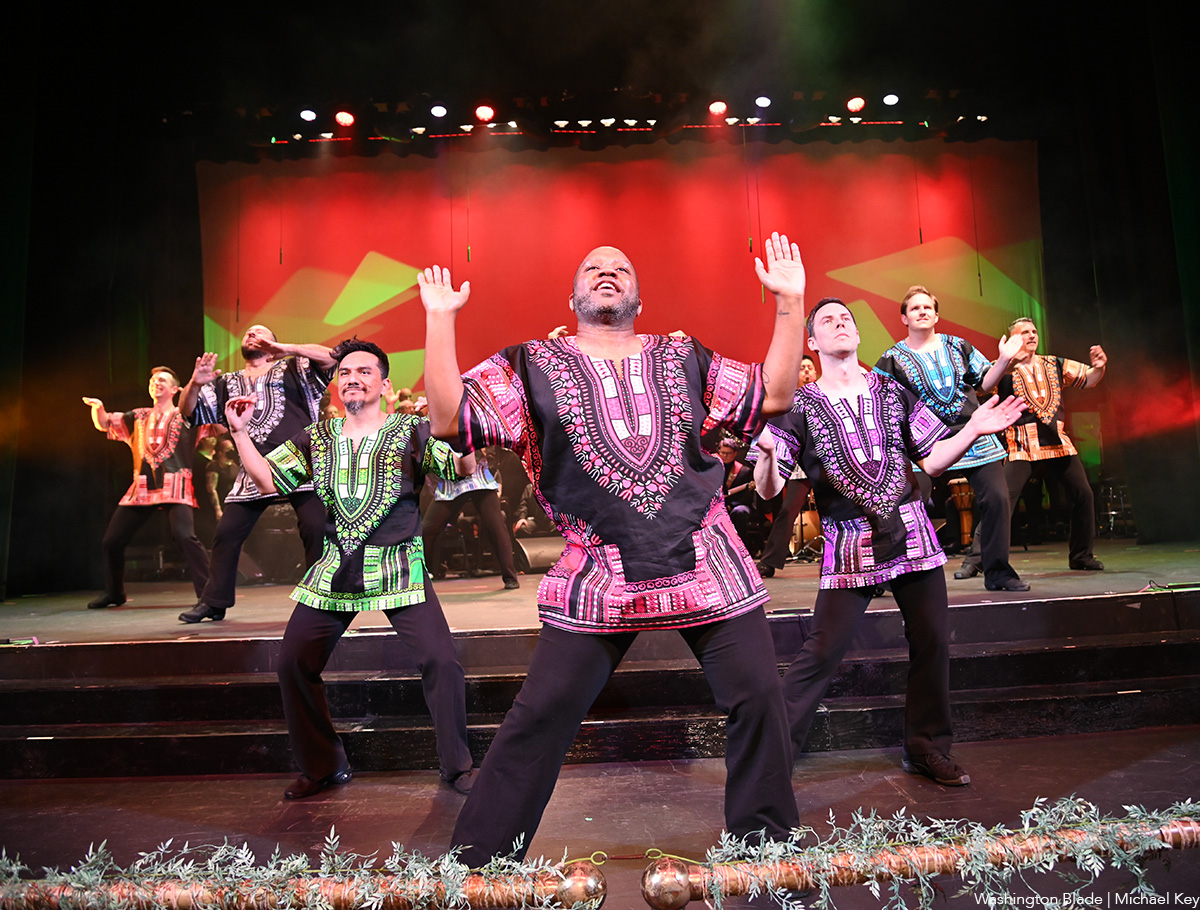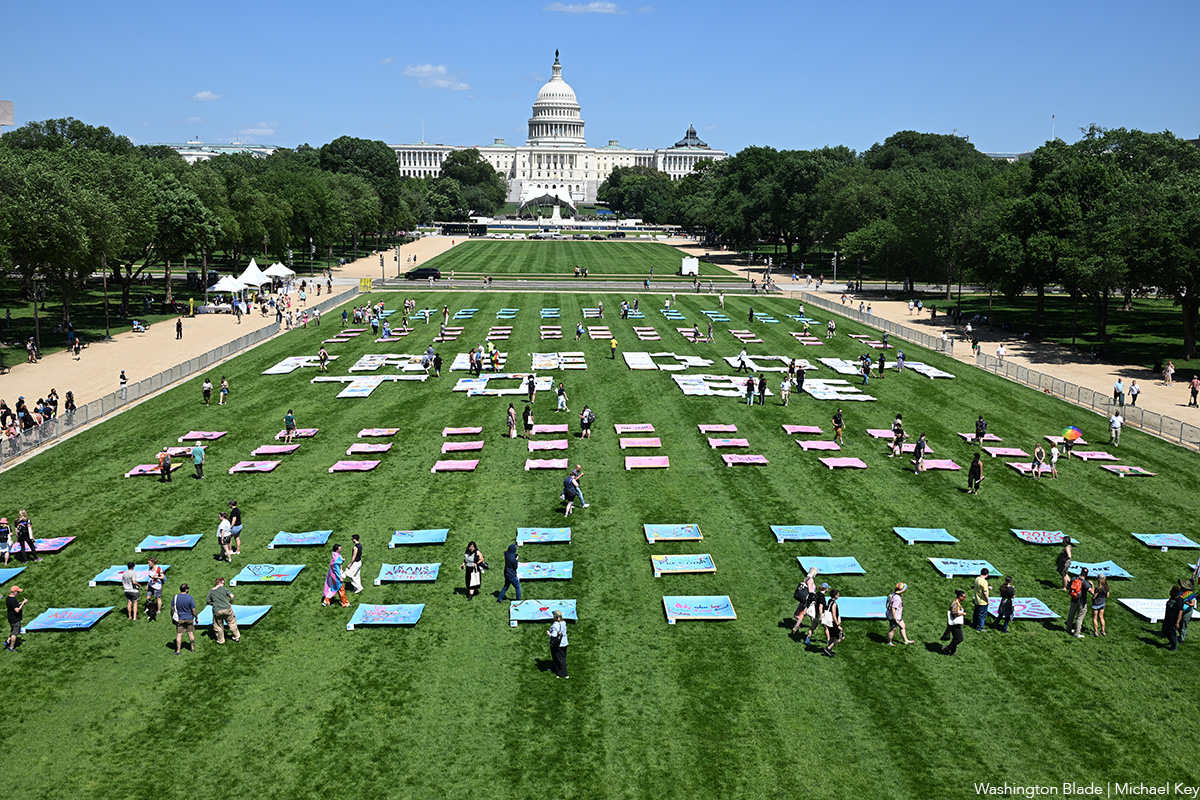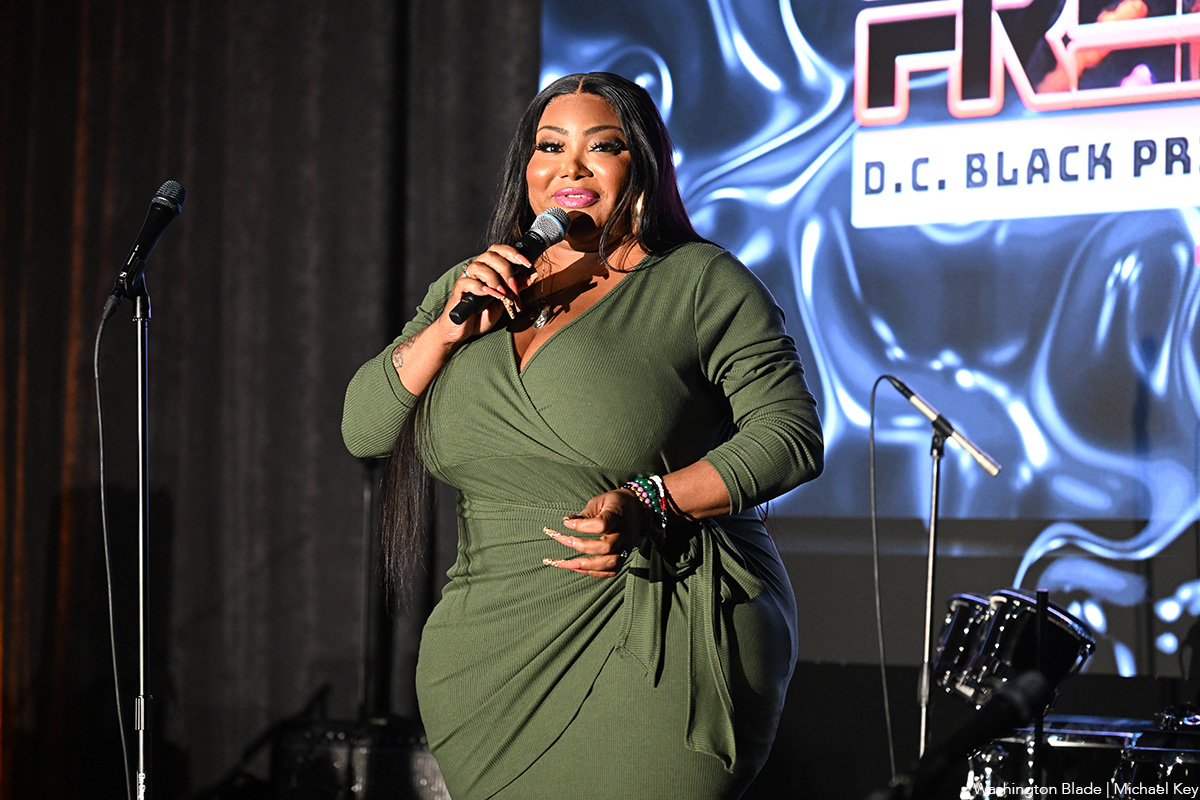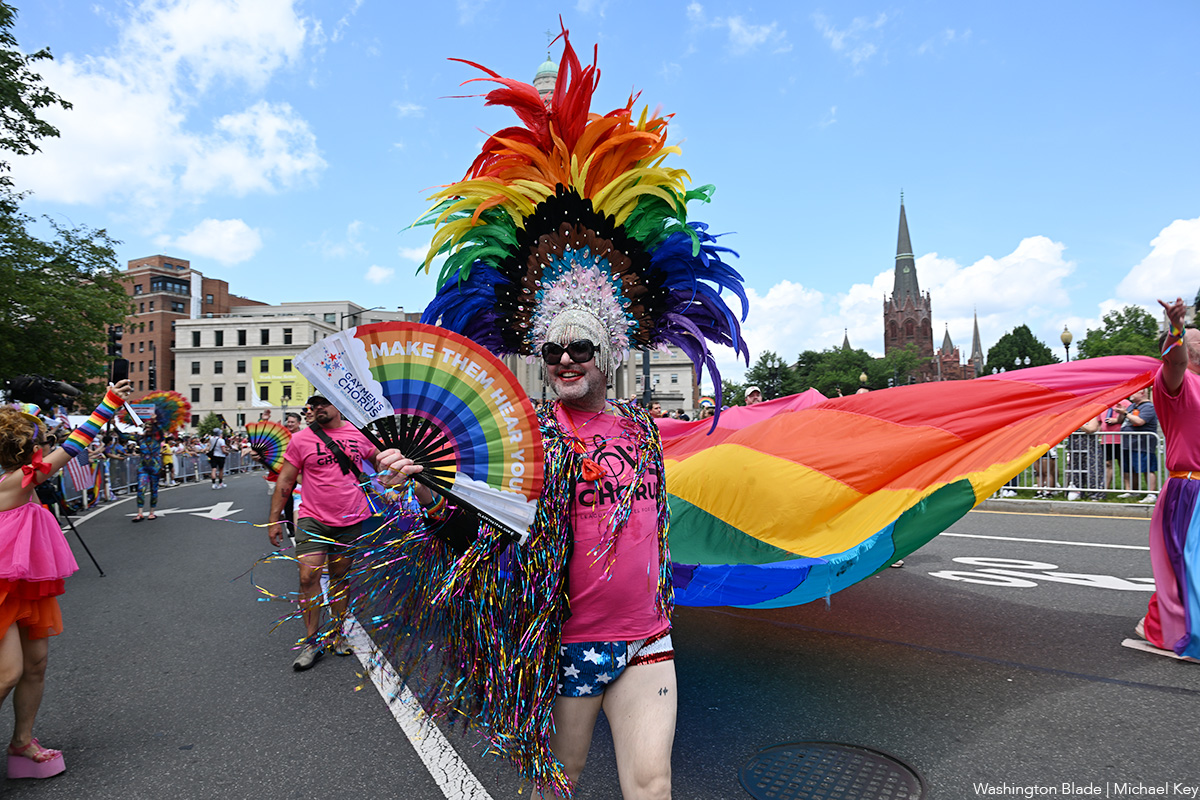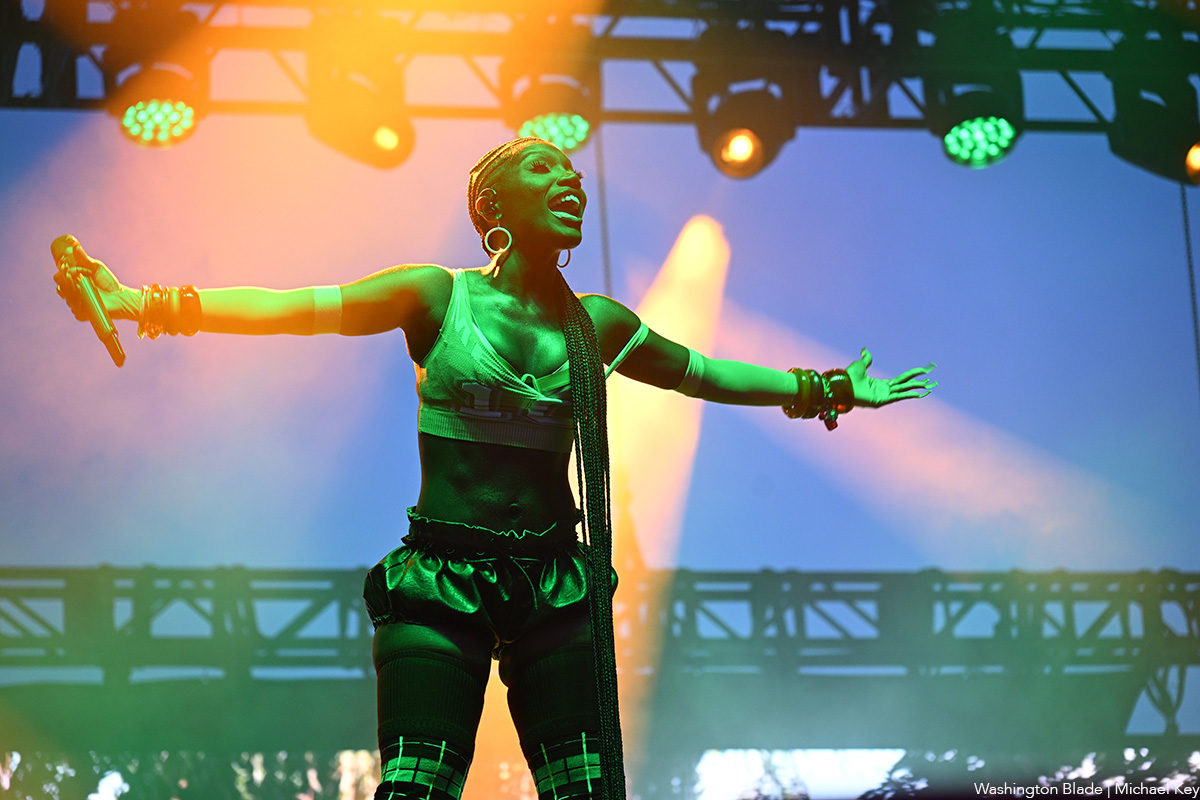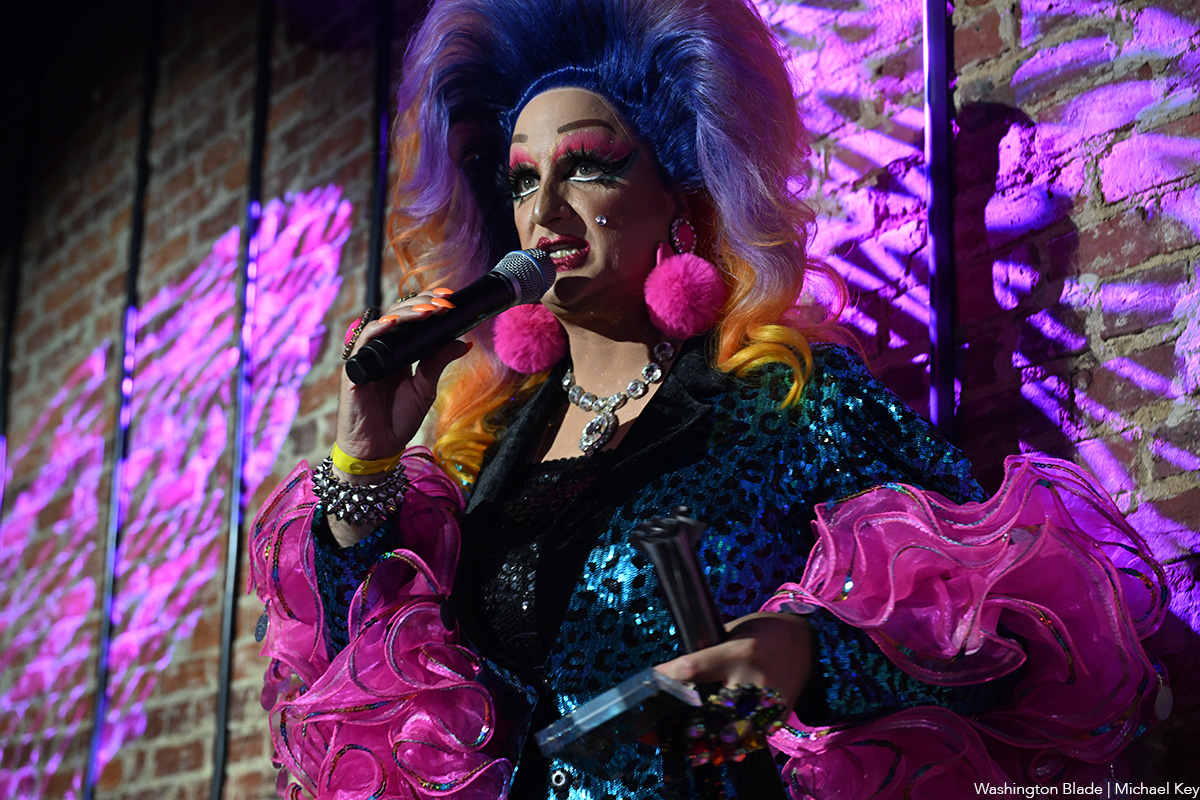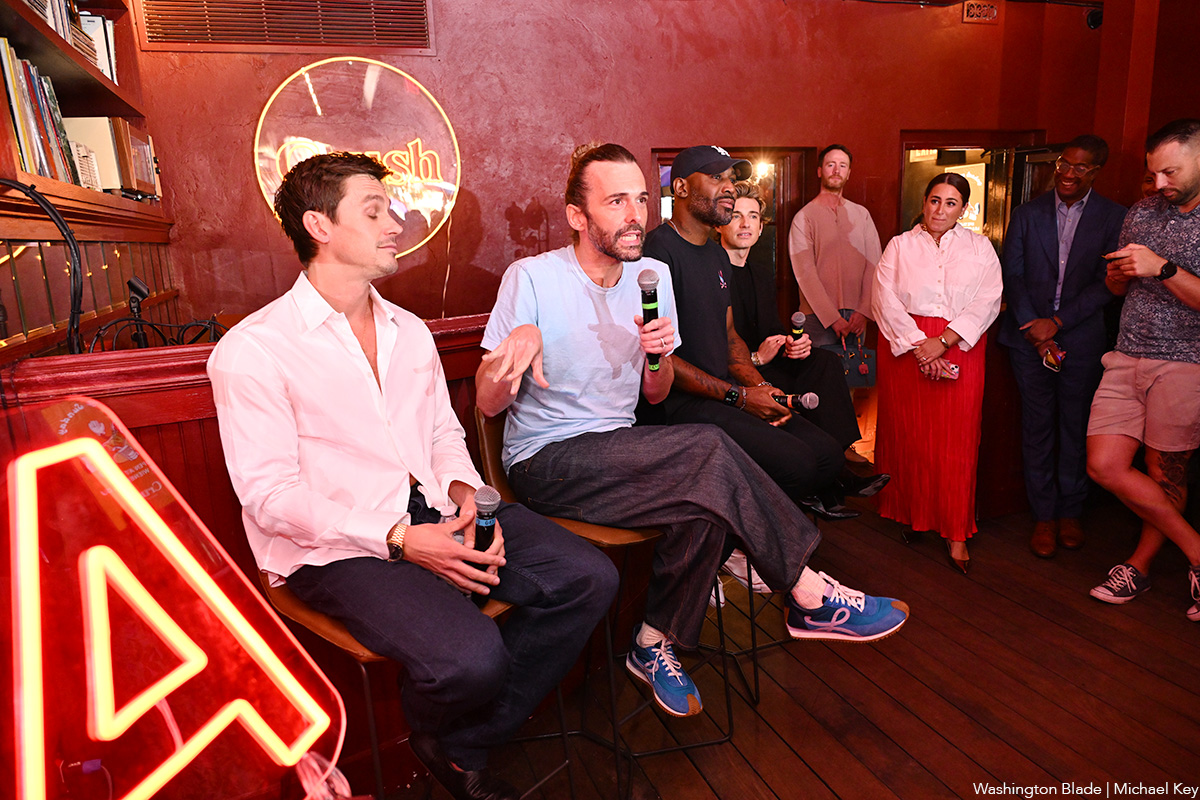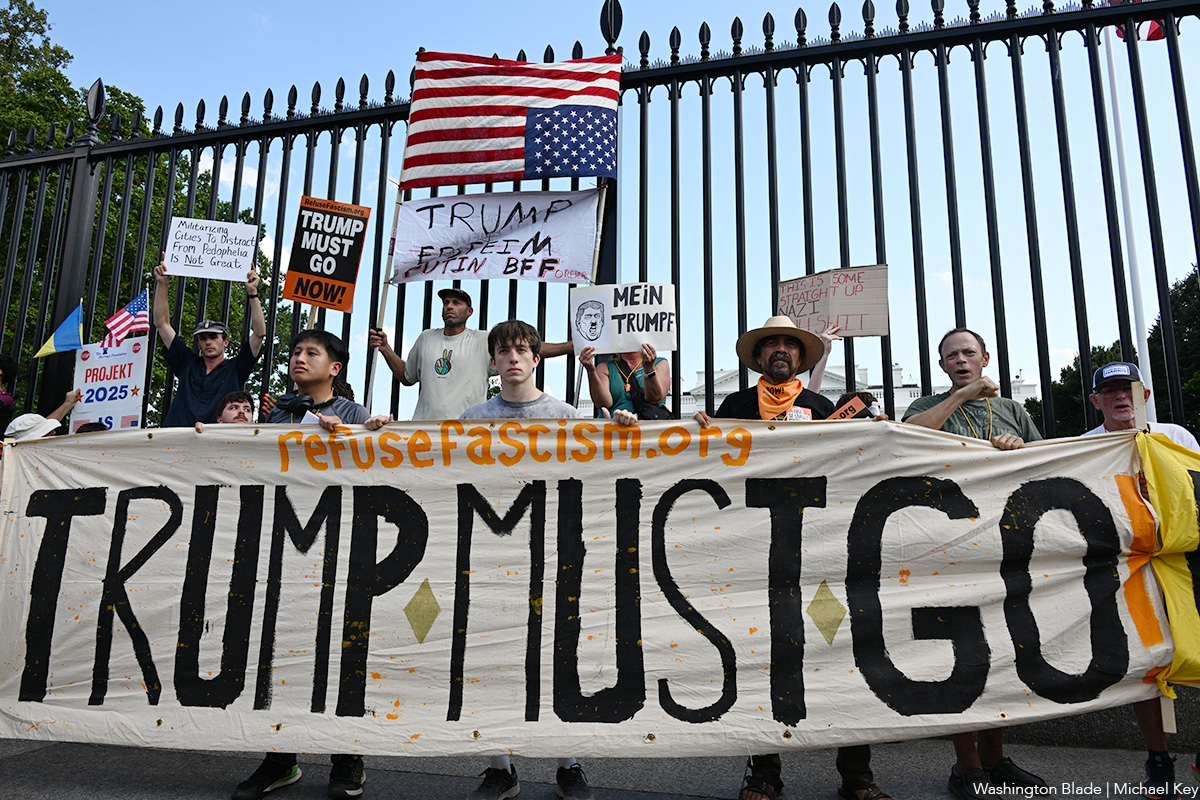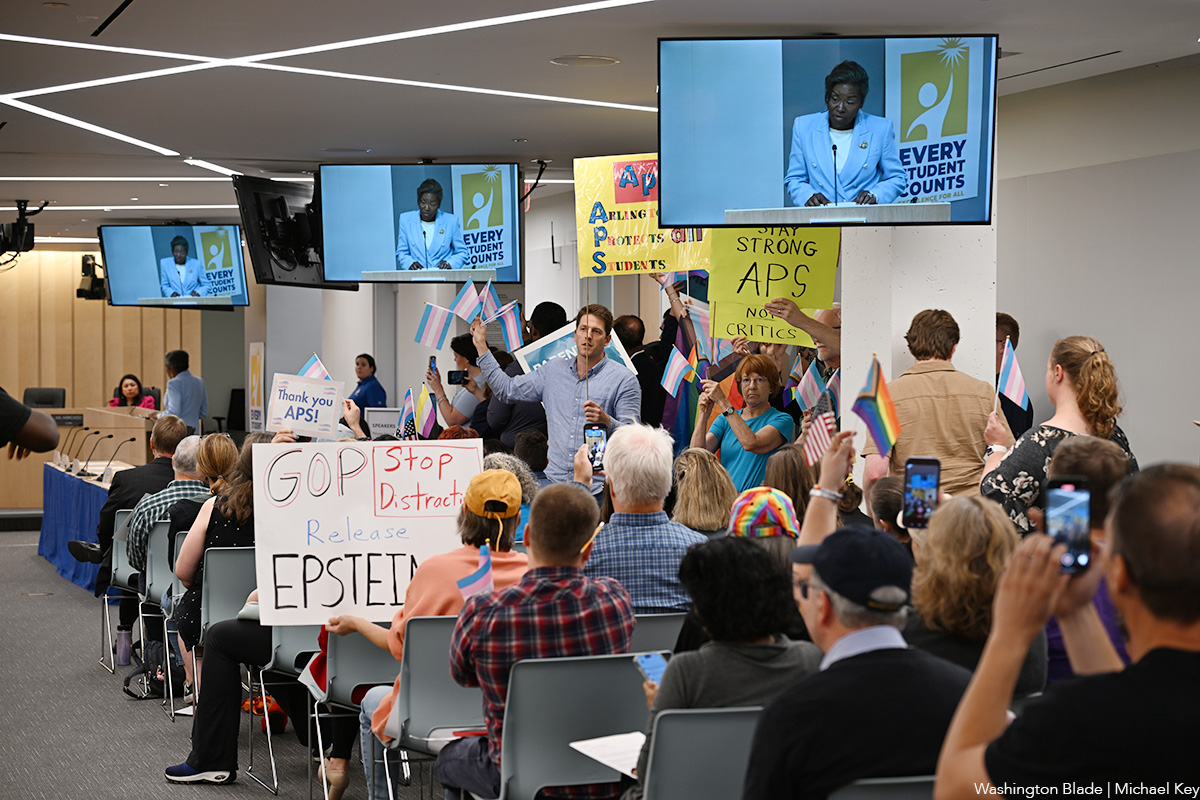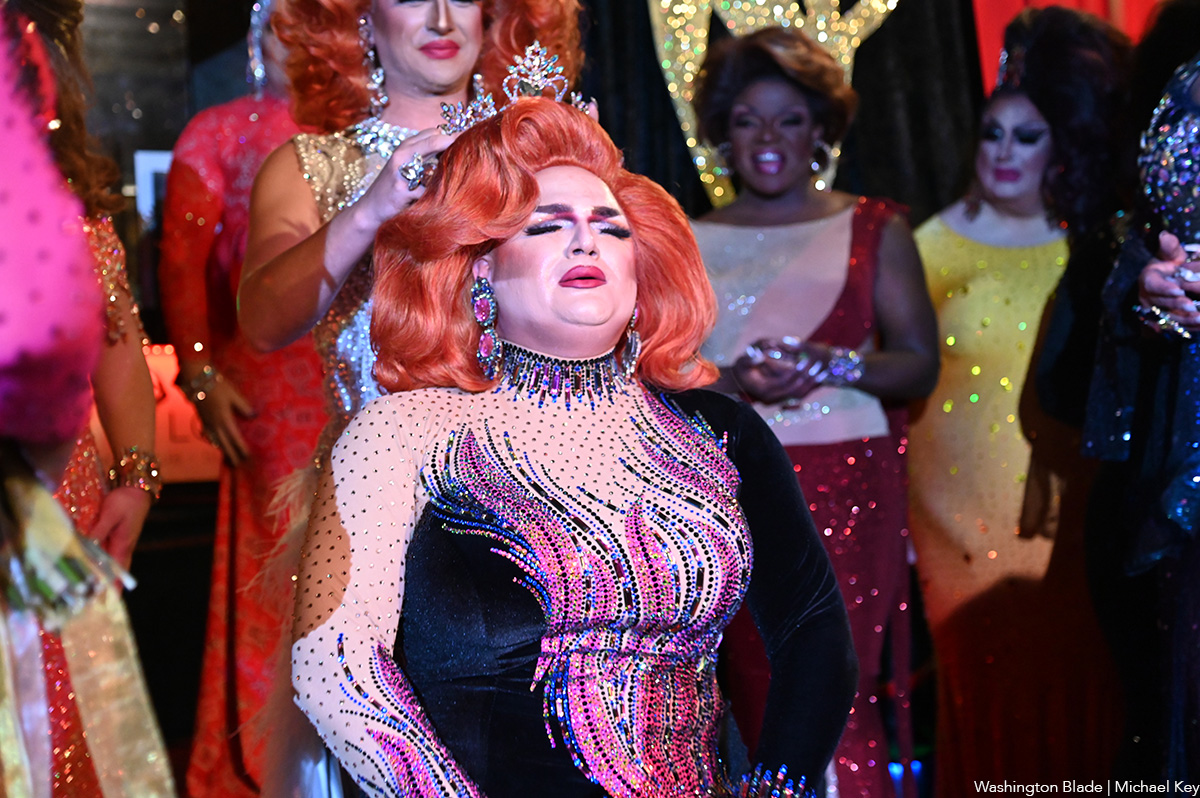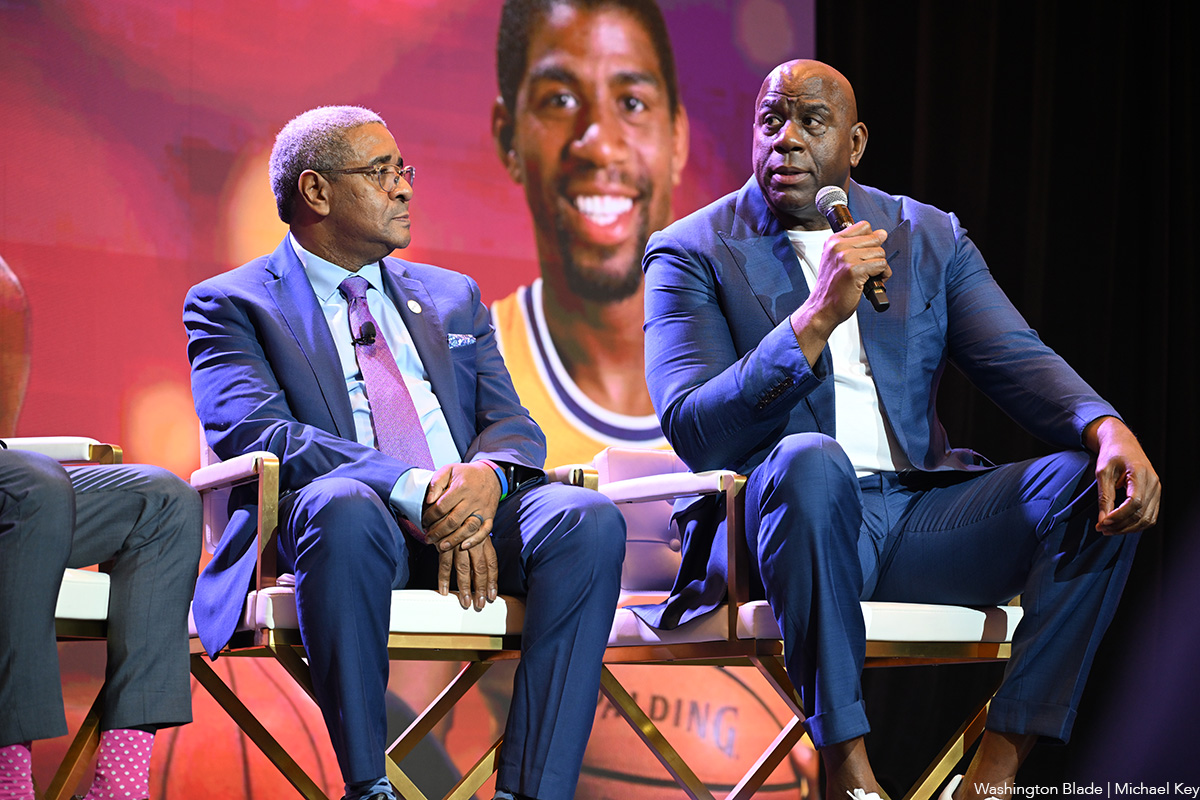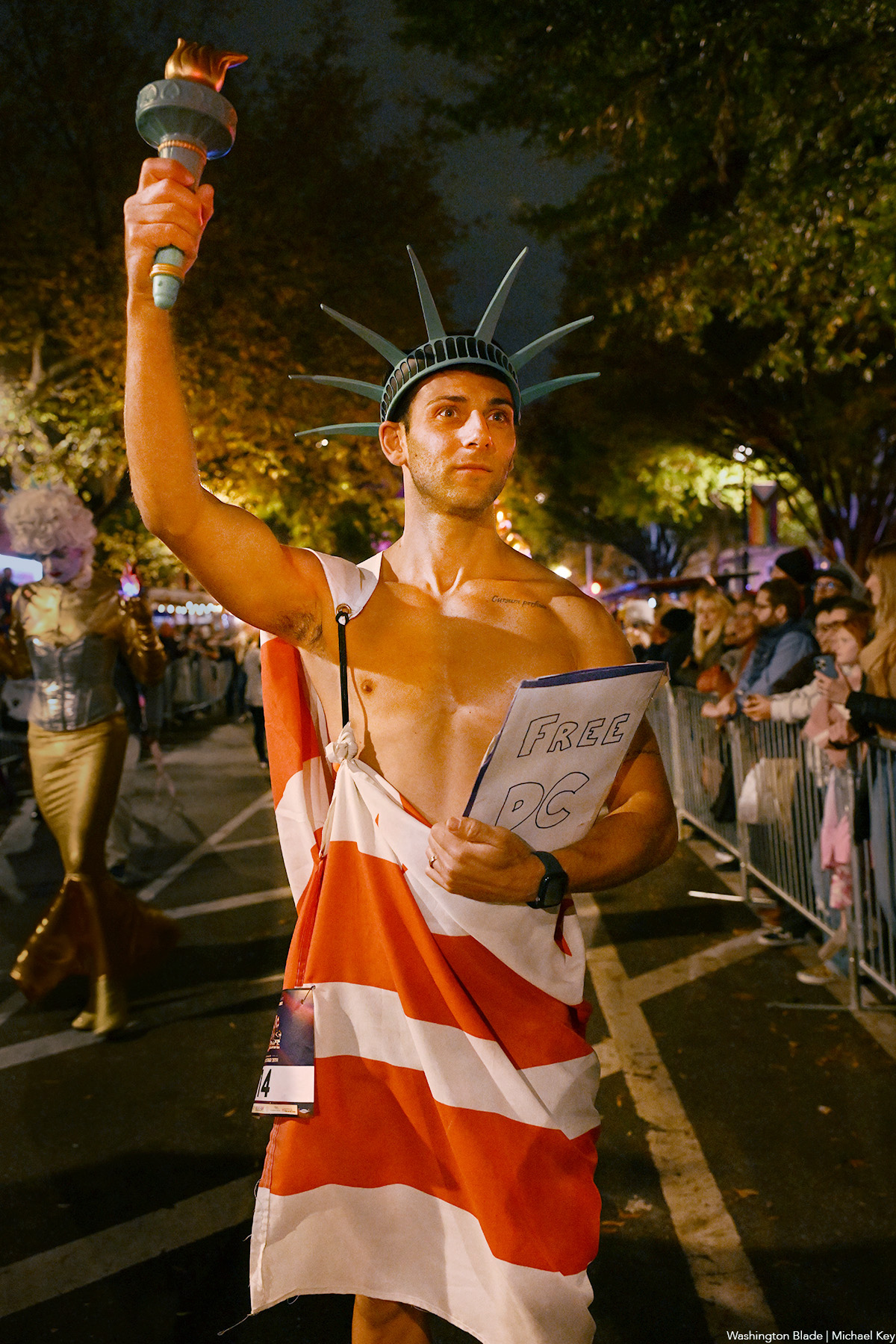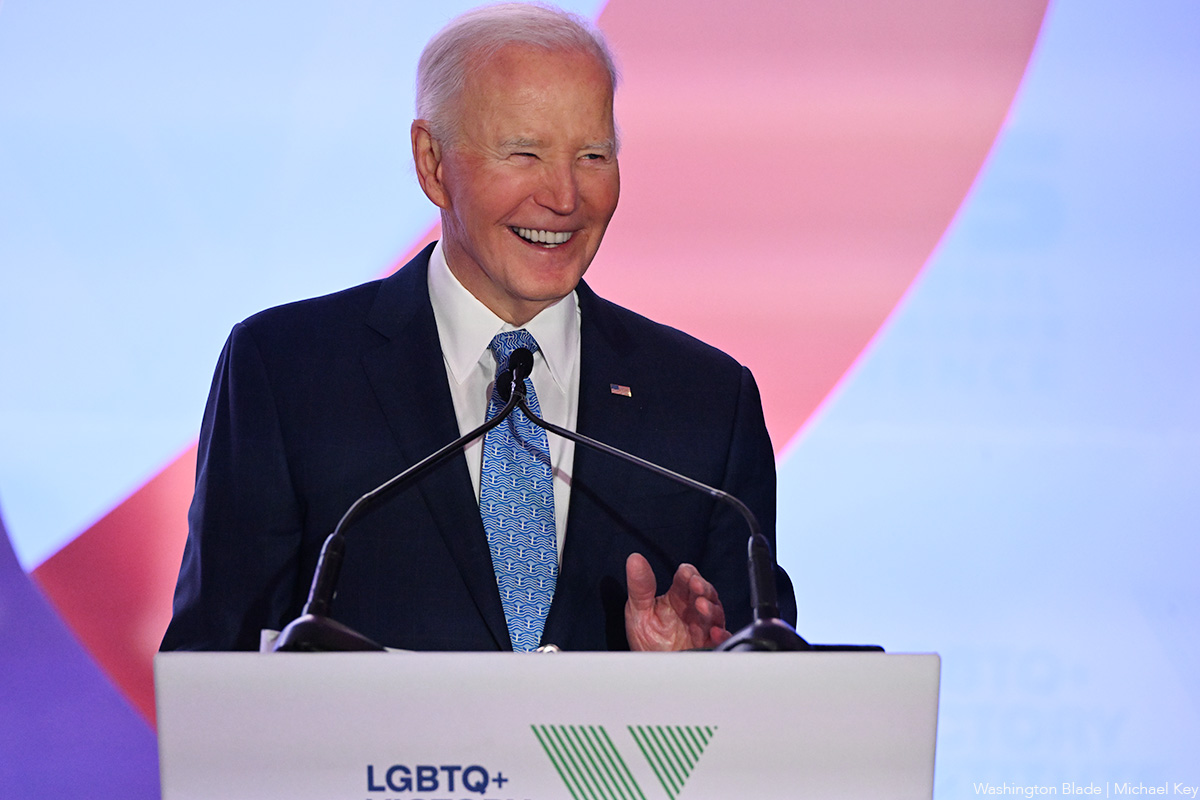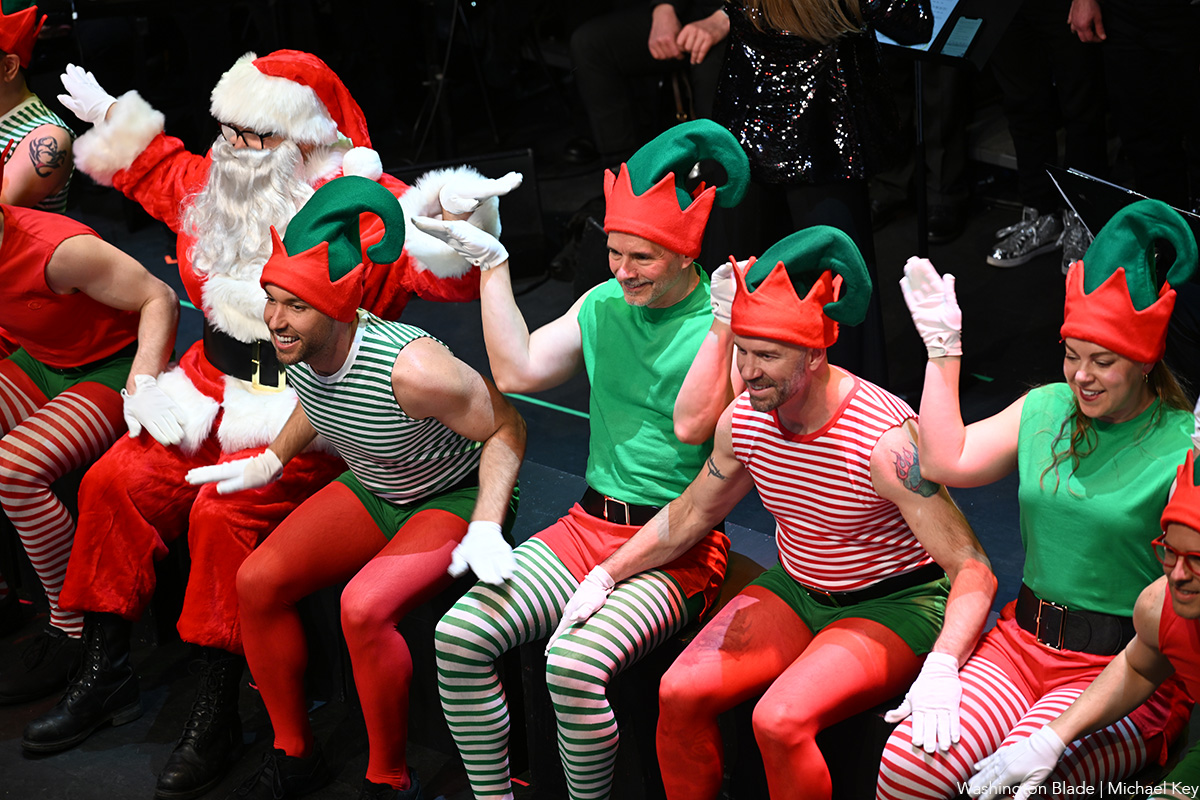Arts & Entertainment
COVID-19 can’t keep Jackie Cox down
Drag performers keeping busy in digital realm

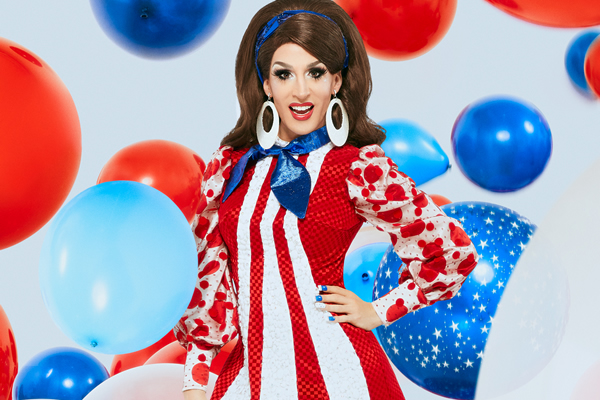
We’re navigating the current COVID-19 crisis as best we can—but each day forces us to admit how little we’ve learned from what pandemic-themed science fiction, countries with universal health care, and people who cut their own hair have been trying to tell us for years.
Yeah, everybody’s pretty much making it up as they go along—and in the case of entertainers displaced from shuttered clubs, bars, and theaters that are sources of income as well as community, stay-at-home drag queens are keeping the cobwebs off their wigs by entertaining fans in the digital realm.
The Blade recently reached out and touched one such indefatigable gal (via email), to get her take on innovation in this time of isolation.
Thanks to her presence as a contestant on the currently airing season 12 of “RuPaul’s Drag Race,” the whole world has been discovering what New York City has known for years: There’s nobody out there quite like Jackie Cox.
Born in Canada, the Star Trek-loving “Persian princess of drag” wears her nerdy nature, Iranian heritage, obsession with Disney, and love of ’80s/’90s pop culture as badges of honor. Pin those badges on a dress as pick-and-choose accessories, and they work just as well on the “Drag Race” runway as they have on the cabaret stages of New York City, where writer/performer Cox fashioned and refined the sharp, sassy, clever, campy, and occasionally political persona that’s put more than one smile on the hard-to-please faces of Mama Ru and Michelle Visage.
That persona changes slightly according to the hat Cox wears. As writer/star, she put her own spin on Barbara Eden’s iconic bottle-dweller, in the three-part “I Dream of Jackie” series, which followed the adventures of a magical genie who emerged from underneath the stage of Manhattan’s Laurie Beechman Theatre to find a chaotic and cynical world that was no match for her sweet, optimistic nature. Also at the Beechman, Cox appeared in a series of shows with The Hell’s Kitchenettes, an Andrew Sisters-like trio of singing waitresses whose wacky schemes to save their diner always backfire, but never fail to bring it back from the brink of disaster. And last year, also at the Beechman, Cox and frequent collaborator Chelsea Piers put the Romy and Michelle/Laverne & Shirley friendship dynamic into a blender, added some iconic songs from the ’80s/’90s, and created the tasty comedic smoothie that was “Jackie & Chelsea’s High School Reunion.”
The Blade: On April 18, you presented “The Jackie Cox Variety Show” as part of StageIt.com’s Digital Drag Fest series. What songs and segments did you serve fans, and how was the experience? Can we expect to see more of you on the Digital Drag Fest platform?
Jackie Cox: I’ve now done two editions of the “The Jackie Cox Variety Show,” with a new, politically minded version performed on April 21, as part of the campaign to “Drag Out The Vote,” and get the LGBTQ+ community registered to vote! Both versions keep a similar structure, in that it’s a variety show with different comedy segments and songs. I do a cooking segment, a faux-news segment, and recurring gags that happen throughout. It very much harkens back to that 1960s and 1970s variety show feel. I hope to continue doing them, and it’s a great creative space for me to try new ideas in this format. Visit stageit.com/digitaldragfest for the latest information on all their upcoming events.
Blade: Has this forced time away from public performance impacted your creativity, creative output, and approach to using online/social media as an expression of your artistry?
Cox: I think this time away from performing on stage has definitely given us a new frontier of what drag can be in the future, and live performance in general. Having the ability to connect with fans through live streaming platforms presents a lot of fun ways to creatively think outside the box. I’ve been finding myself actually able to engage with fans online in meaningful ways that I probably wouldn’t have been able to if I had been traveling and performing all over the country, as was originally planned.
Blade: Spoilers and gag orders aside, tell us everything you can/want, about part of “RDPR” Season 12?
Cox: Participating in this season of “RuPaul’s Drag Race” has truly been a dream come true. I learned so much about myself and about my drag from participating in the competition. Spoilers aside—I think from what the audience has already seen, this season is filled with so much talent, personality, and heart.
Blade: Have you had any notable virtual interactions with fans during this period of social distancing?
Cox: Well, the fans have CERTAINLY been vocal and I must say, I feel a bit behind in how the kids talk these days, but I’m learning. (Cool Aunt here.) That said, I’ve been trying to engage with fans as much as I can. I have had so many fans reach out saying they feel represented by who I am and what I’m doing on the show. I’ve also had fans who are either too far away, or otherwise would be unable to come see a live show, and are just so thrilled they get to see live drag from the comfort of their own homes.
Blade: How did you come to be involved in the April 25 Community Strong Identity panel (via witch.tv/popculturehero)? What can we expect?
Cox: I have known Randy Frank, the founding member of the Lambda Quadrant non-profit, which is putting on the event, for a number of years, since we originally connected through our love of “Star Trek.” (It’s not just the glasses—I really am a nerd!)
The panel will be moderated by Chase Masterson (from “Star Trek: Deep Space Nine”) and Raymond Lister, in support of their “Pop Culture Her Coalition”—the first-ever organization to teach empathy, resilience, and real-life heroism over bullying, racism, misogyny, LGBTQ-bullying, cyberbullying, and other forms of hate, by using stories from TV, comics, and movies, which kids find relatable and accessible. In our panel (which includes “Drag Race” alums Silky Nutmeg Ganache and Pandora Boxx, among others), we will be discussing how we tackle these issues in our lives, and share our experiences.
Blade: Are there any other ways, now or upcoming, that fans can access you in the digital realm?
Cox: Yes! I’m @jackiecoxnyc across all social media platforms (Instagram, Twitter, Facebook… even TikTok!), where I will post the latest information on any and all upcoming shows and appearances.
Blade: The all-clear is called and we’re allowed to gather in public again. What are the first things you’re going to do?
Cox: Definitely go have a good laugh and a margarita (and HUGS!) with friends at any of my favorite bars in Hell’s Kitchen, NYC! I miss salty rims!
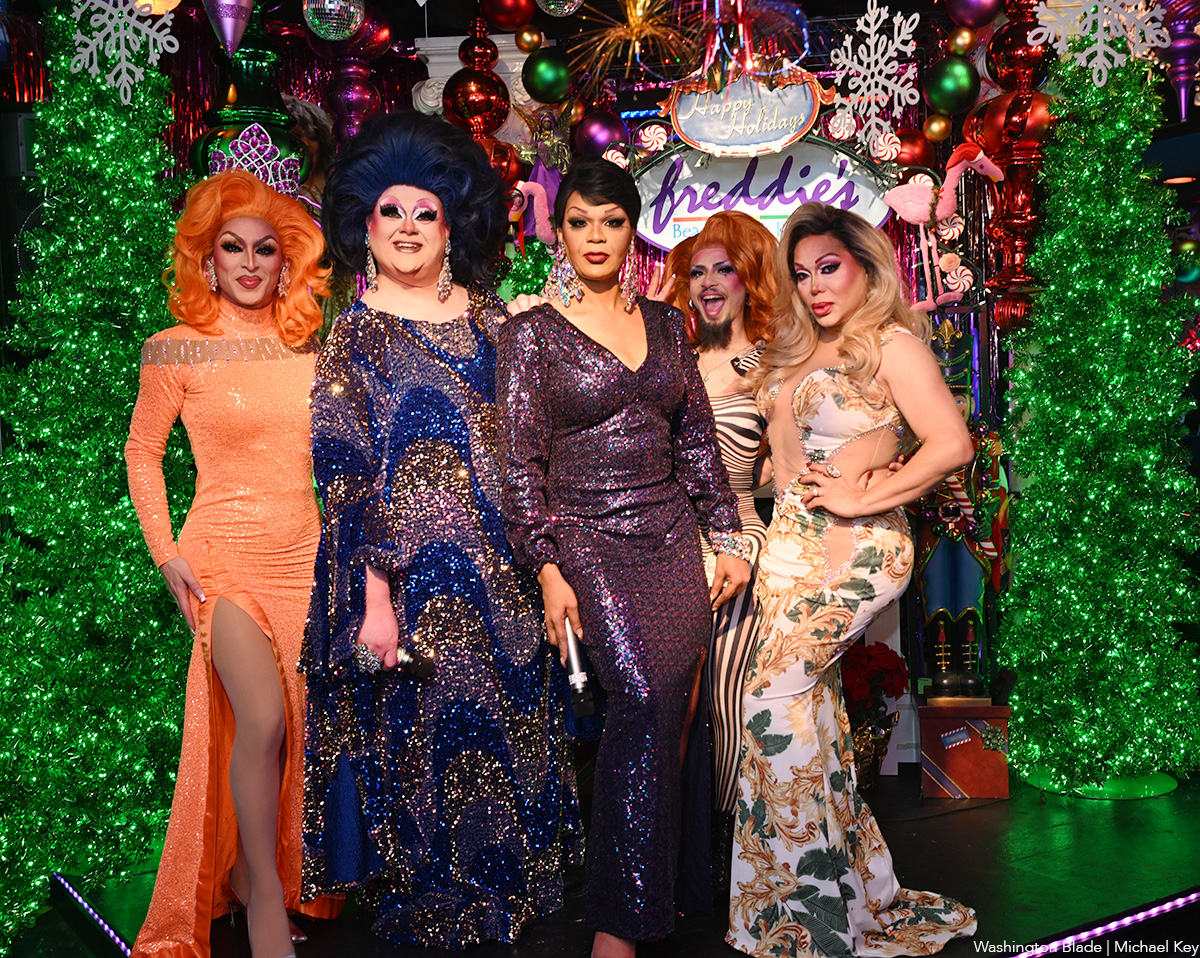
The Freddie’s Follies drag show was held at Freddie’s Beach Bar in Arlington, Va. on Saturday, Jan. 3. Performers included Monet Dupree, Michelle Livigne, Shirley Naytch, Gigi Paris Couture and Shenandoah.
(Washington Blade photos by Michael Key)

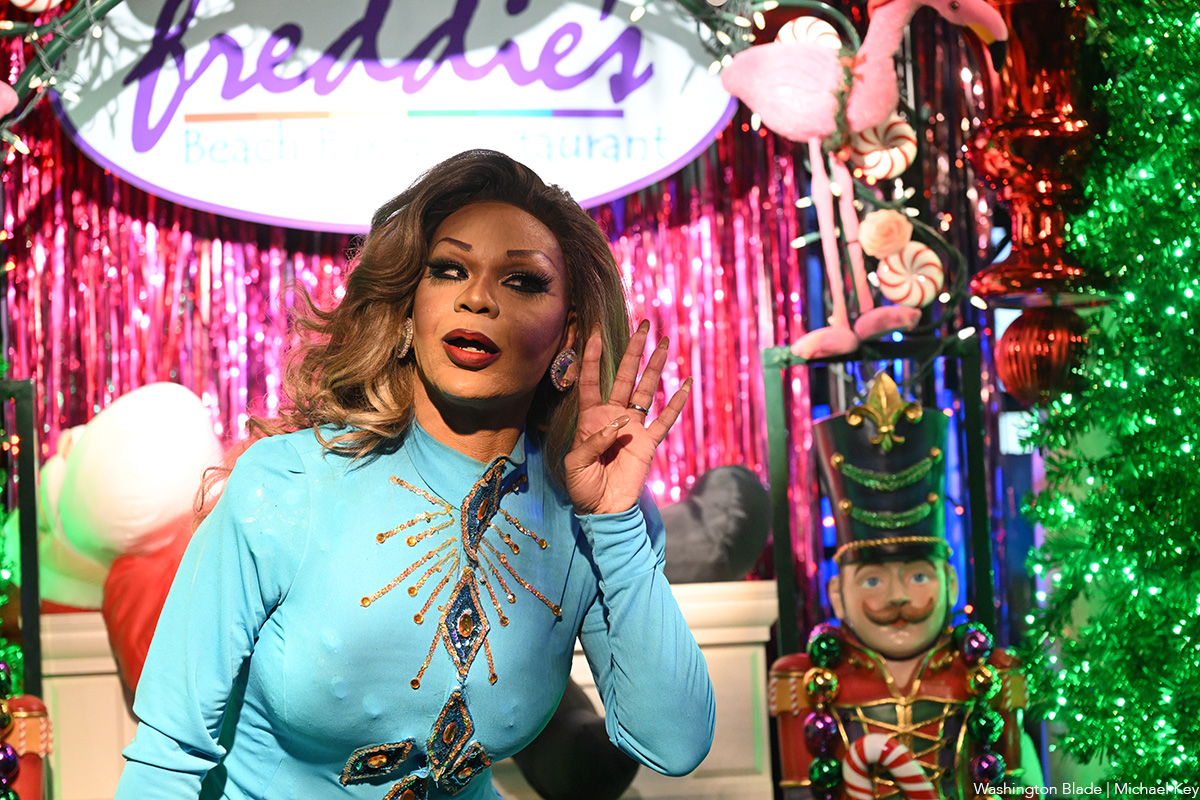





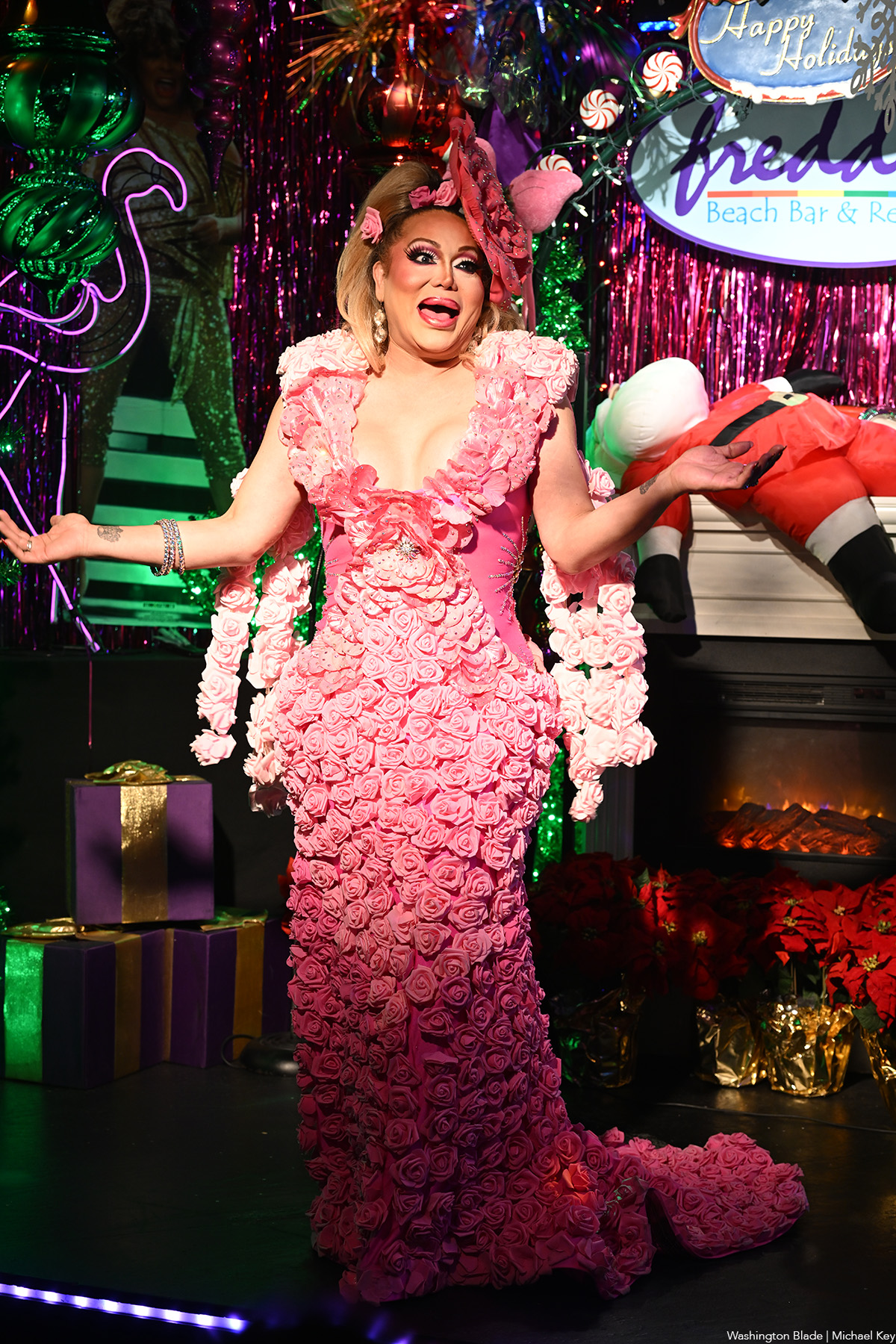


a&e features
Queer highlights of the 2026 Critics Choice Awards: Aunt Gladys, that ‘Heated Rivalry’ shoutout and more
Amy Madigan’s win in the supporting actress category puts her in serious contention to win the Oscar for ‘Weapons’

From Chelsea Handler shouting out Heated Rivalry in her opening monologue to Amy Madigan proving that horror performances can (and should) be taken seriously, the Critics Choice Awards provided plenty of iconic moments for queer movie fans to celebrate on the long road to Oscar night.
Handler kicked off the ceremony by recapping the biggest moments in pop culture last year, from Wicked: For Good to Sinners. She also made room to joke about the surprise hit TV sensation on everyone’s minds: “Shoutout to Heated Rivalry. Everyone loves it! Gay men love it, women love it, straight men who say they aren’t gay but work out at Equinox love it!”
The back-to-back wins for Jacob Elordi in Frankenstein and Amy Madigan in Weapons are notable, given the horror bias that awards voters typically have. Aunt Gladys instantly became a pop culture phenomenon within the LGBTQ+ community when Zach Cregger’s hit horror comedy released in August, but the thought that Madigan could be a serious awards contender for such a fun, out-there performance seemed improbable to most months ago. Now, considering the sheer amount of critics’ attention she’s received over the past month, there’s no denying she’s in the running for the Oscar.
“I really wasn’t expecting all of this because I thought people would like the movie, and I thought people would dig Gladys, but you love Gladys! I mean, it’s crazy,” Madigan said during her acceptance speech. “I get [sent] makeup tutorials and paintings. I even got one weird thing about how she’s a sex icon also, which I didn’t go too deep into that one.”
Over on the TV side, Rhea Seehorn won in the incredibly competitive best actress in a drama series category for her acclaimed performance as Carol in Pluribus, beating out the likes of Emmy winner Britt Lower for Severance, Carrie Coon for The White Lotus, and Bella Ramsey for The Last of Us. Pluribus, which was created by Breaking Bad’s showrunner Vince Gilligan, has been celebrated by audiences for its rich exploration of queer trauma and conversion therapy.
Jean Smart was Hack’s only win of the night, as Hannah Einbinder couldn’t repeat her Emmy victory in the supporting actress in a comedy series category against Janelle James, who nabbed a trophy for Abbott Elementary. Hacks lost the best comedy series award to The Studio, as it did at the Emmys in September. And in the limited series category, Erin Doherty repeated her Emmy success in supporting actress, joining in yet another Adolescence awards sweep.
As Oscar fans speculate on what these Critics Choice wins mean for future ceremonies, we have next week’s Golden Globes ceremony to look forward to on Jan. 11.
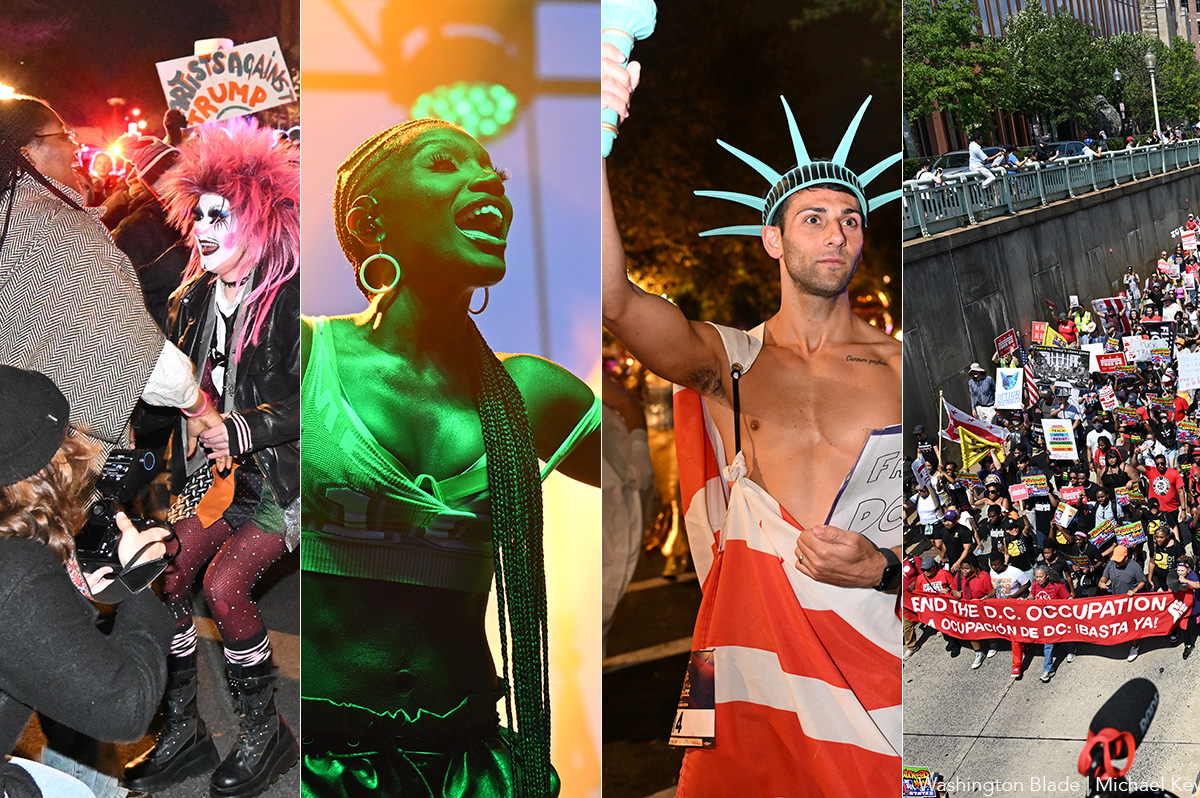
(Washington Blade photos by Michael Key)

